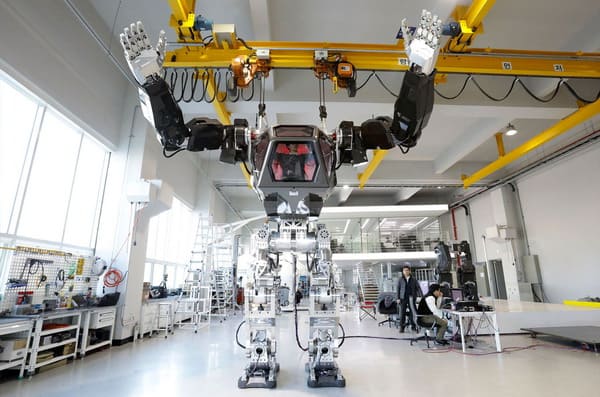
1. The growing popularity of clouds
In recent years, even those who were initially skeptical about them have learned to work with cloud services. This is a natural consequence of the massive transition to distance work and study: universal self-isolation caused a surge of interest in remote communication systems. In 2021, the demand in the Russian cloud market by 70%exceededplanned indicators. However, users often were interested in not separate services, but complex solutions.
Experts from research firm IDC predict that interest in cloud services will continue to grow in 2022. In addition, most companies will create mechanisms that will accelerate their transition to cloud infrastructure and applications in half.
2. Focus on privacy
For 2021 the number of cybercrimes in Russia has grown by 94.6%. Attackers quickly adapted to the current agenda: they sold fake passes, sent messages about fines for violating quarantine, offered help with the registration of monetary compensation. Of course, for a small commission in comparison with the amount of promised payments. This trend will continue. Scammers will continue exploit the coronavirus theme and lure victims by playing on their fears.
The habit of working outside the office can also play into the hands of scammers, consider Trend Micro analysts. Typically, a home network is less secure than a corporate network, and it can be more difficult to track whether users comply with basic cybersecurity rules in such a situation.
To help prevent this threat, Trend Micro offer not only train employees and recommend them not to work from personal devices, but also rebuild the access and security system itself in accordance with a zero trust policy. According to this model, every user is considered an attacker by default until proven otherwise. To do this, he must over and over again confirm the information that is needed to access certain data.
3. Biometrics instead of passwords
Hacking or guessing a password is not a problem for cybercriminals, but bypassing the security system, which requires scanning the iris of the eye instead of a combination of letters and numbers, is no longer so easy. For identification, you can use both fingerprints and technology for recognizing faces, voice or even laughter – it turns out to be difficult to imitate.
Cisco specialists predict that the future, in which biometric passwords will replace traditional ones, is not far off. Such authentication systems are already widely used in banks, and in 2022, payment using facial recognition are planning enter the Moscow metro.
4. The Internet of Things Will Become Internet of Behavior
Research Agency Gartner calls Internet behavior (IoB) is one of the key trends of the coming year. This term is understood as a combination of technologies that collect “digital dust” – the traces that we leave in the digital and physical world. This includes recordings from cameras that recognize faces, and information about our purchases and location. Companies can process this data and use it to influence people’s behavior.
For example, during a pandemic, with the help of computer vision systems and thermal imagers, organizations can track which of the employees has a temperature or is not wearing a mask. Gartner predicts that by 2025 more than half of the world’s population will participate in at least one IoB program.
5. Augmented reality is everywhere
If earlier such technologies were mainly used in the field of entertainment, now there is a place for virtual and augmented reality there will bein medicine, education and manufacturing. VRuse, for example, for training workers. And doctors using virtual reality systemslearn work with COVID-19 patients, also spend rehabilitation of patients – for example, helping to re-master their body after a stroke or injury.
TrendForce analysts believe the industry will see robust growth, with many tech brands introducing AR / VR devices over the next two years. Considering the proliferation of 5G and fast internet, we can expect a multitude of cross-platform augmented reality applications to emerge.
6. Remoteness is the new norm
Or if not remote, then at least hybridformat – work alternately from office and home. Many companies are convinced in practice: it does not matter where the employees work from, the main thing is that they work. Now the opportunity to be employed in this format is enshrined in the Labor Code: law comes into force on January 1, 2022.
It would seem that this refers to technology very indirectly, but in fact, the trend has led to an increase in the popularity of lightweight portable devices. After the introduction of the self-isolation regime, companies had to provide employees with the necessary tools to work remotely. For the first six months of 2021, laptop sales increased by 46%. IDC predicts this growth will remain and in 2022, but then there will be a natural decline.




